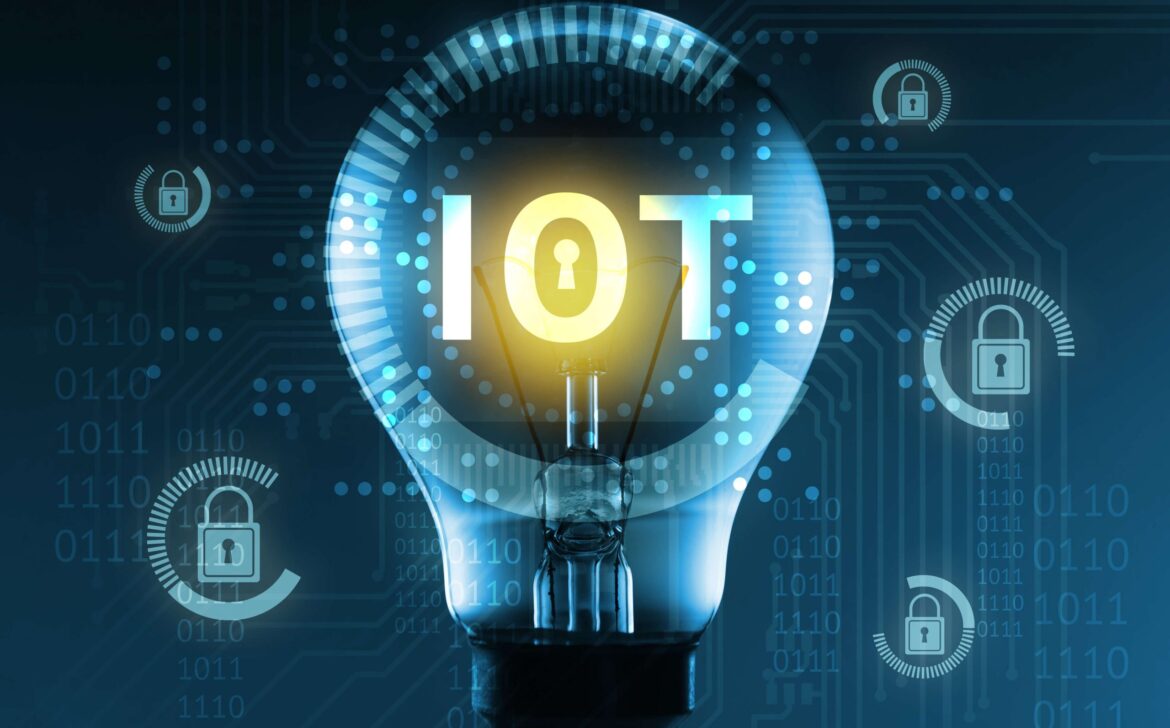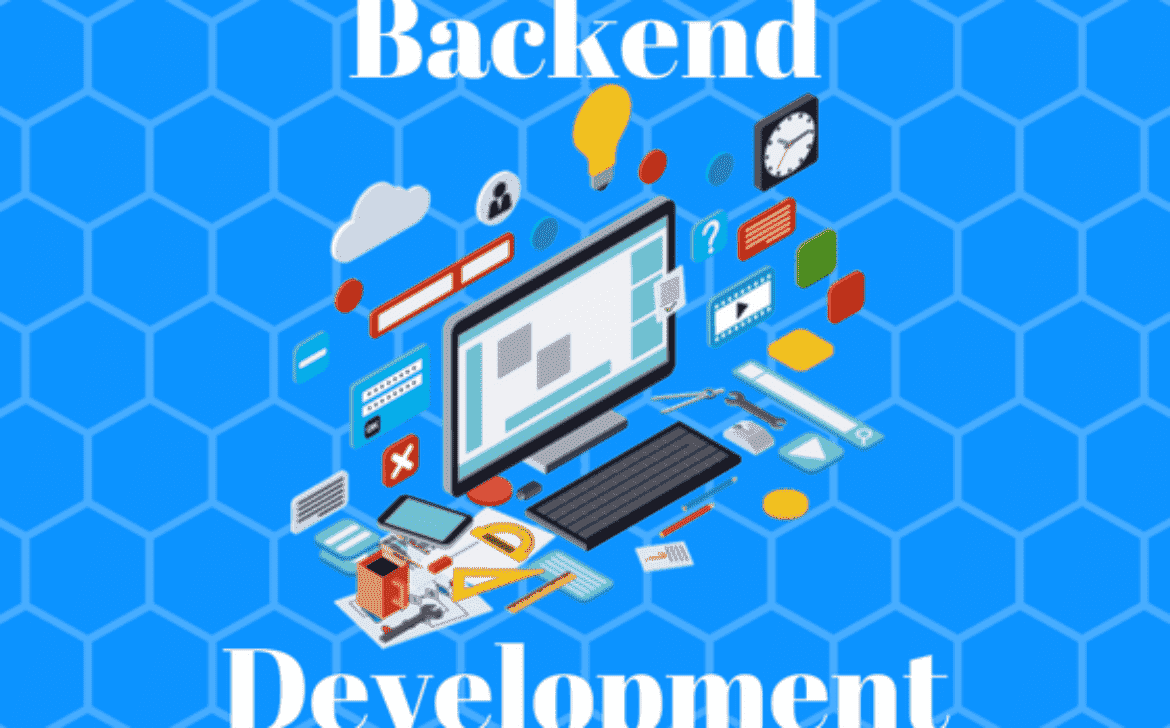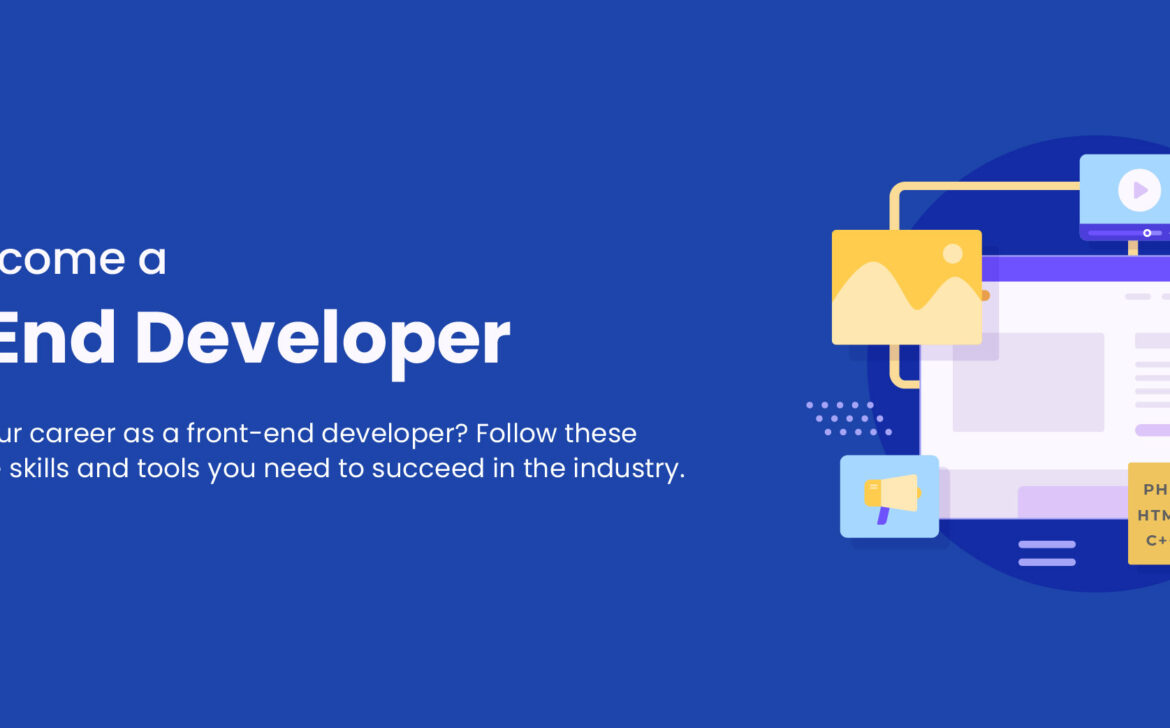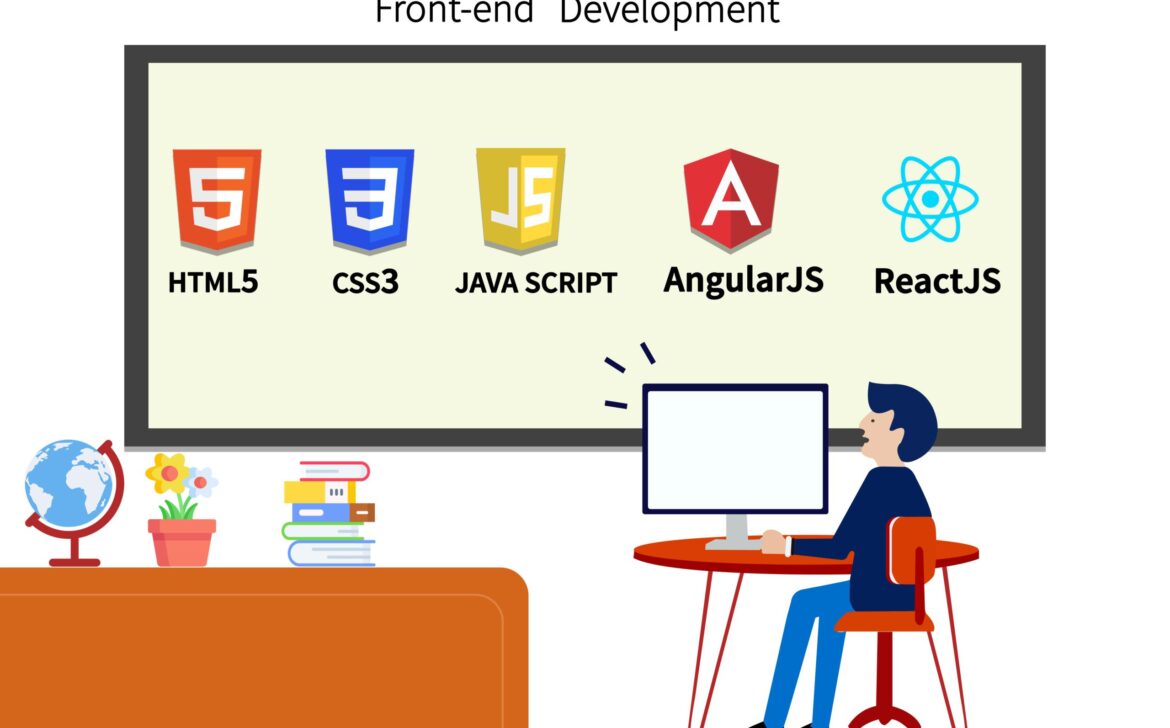The Synergy of IoT and ML: Unleashing Innovation in 2023
Introduction:
In the dynamic landscape of technology, two game-changing forces – the Internet of Things (IoT) and Machine Learning (ML) – are converging to create a potent synergy that’s transforming industries, enhancing everyday life, and driving innovation to new heights.
The IoT Revolution: Connecting the Unconnected
The Internet of Things is not just a buzzword; it’s a tangible reality reshaping our world. IoT seamlessly connects devices, systems, and objects to the internet, enabling data collection and exchange. From smart homes to industrial sensors, IoT is redefining technology interaction, offering immense potential.
The Power of Machine Learning
Machine Learning, a subset of AI, empowers computers to learn from data, identify patterns, and make decisions without explicit programming. It’s the intelligence behind the data-driven insights generated by IoT devices. When ML is integrated with IoT, the possibilities are endless.
IoT and ML: A Perfect Match
- Real-time Decision Making: Harnessing IoT’s constant data stream, ML algorithms make real-time analysis for rapid, informed decision-making.
- Predictive Maintenance: From industrial machinery to consumer electronics, IoT and ML collaborate for predictive maintenance, reducing downtime and costs.
- Personalized Experiences: IoT gathers user data, enabling ML algorithms to create personalized experiences across various domains.
- Energy Efficiency: Smart homes optimize energy consumption through ML-based learning from inhabitant habits, reducing both costs and carbon footprint.
- Healthcare Revolution: Wearable IoT devices monitor vital signs, with ML processing the data for early diagnosis and timely intervention.
Embrace the Future:
The merger of IoT and ML is redefining innovation. As these technologies advance, breakthroughs beyond imagination await. Addressing challenges like data privacy and security is crucial in this interconnected world.
Conclusion:
IoT and ML are driving forces shaping our future. Be part of the transformation, witness the incredible possibilities unfold, and embrace the endless potential. The smart cities, sustainable industries, and personalized healthcare experiences of tomorrow are all powered by the synergy of IoT and ML.











